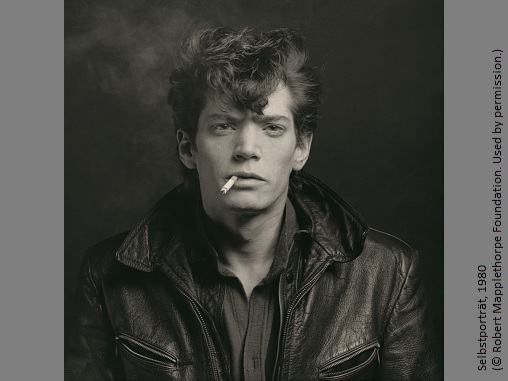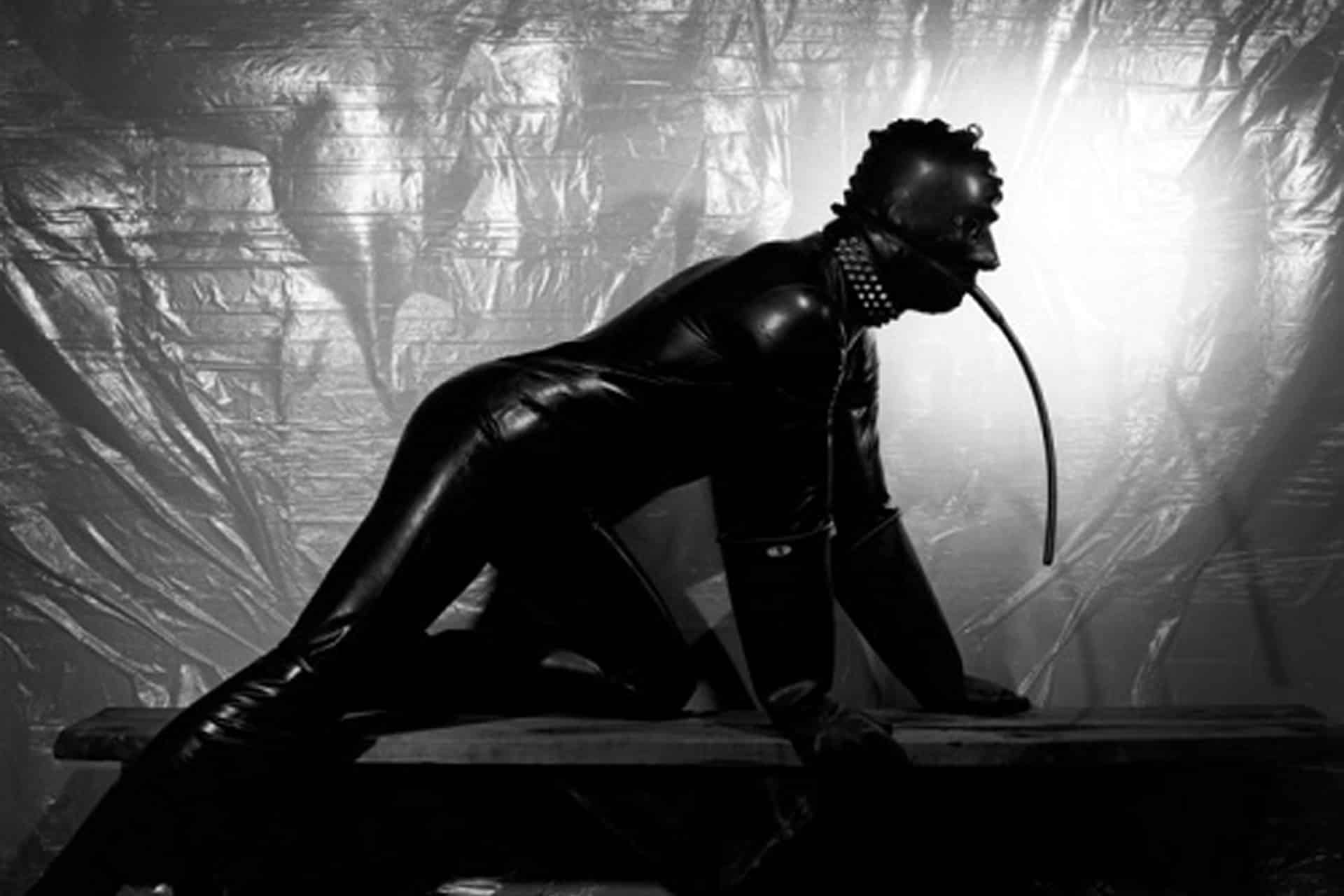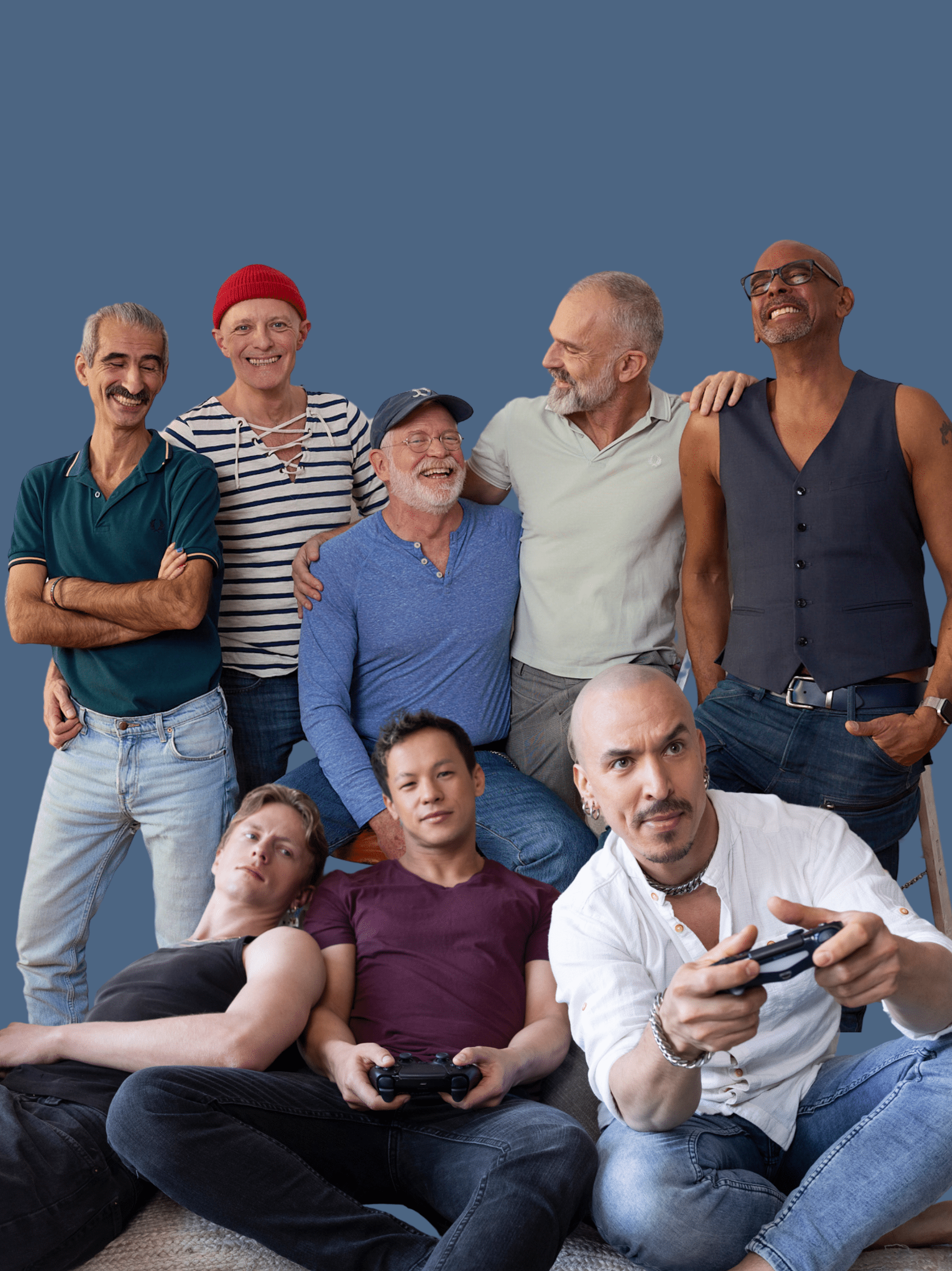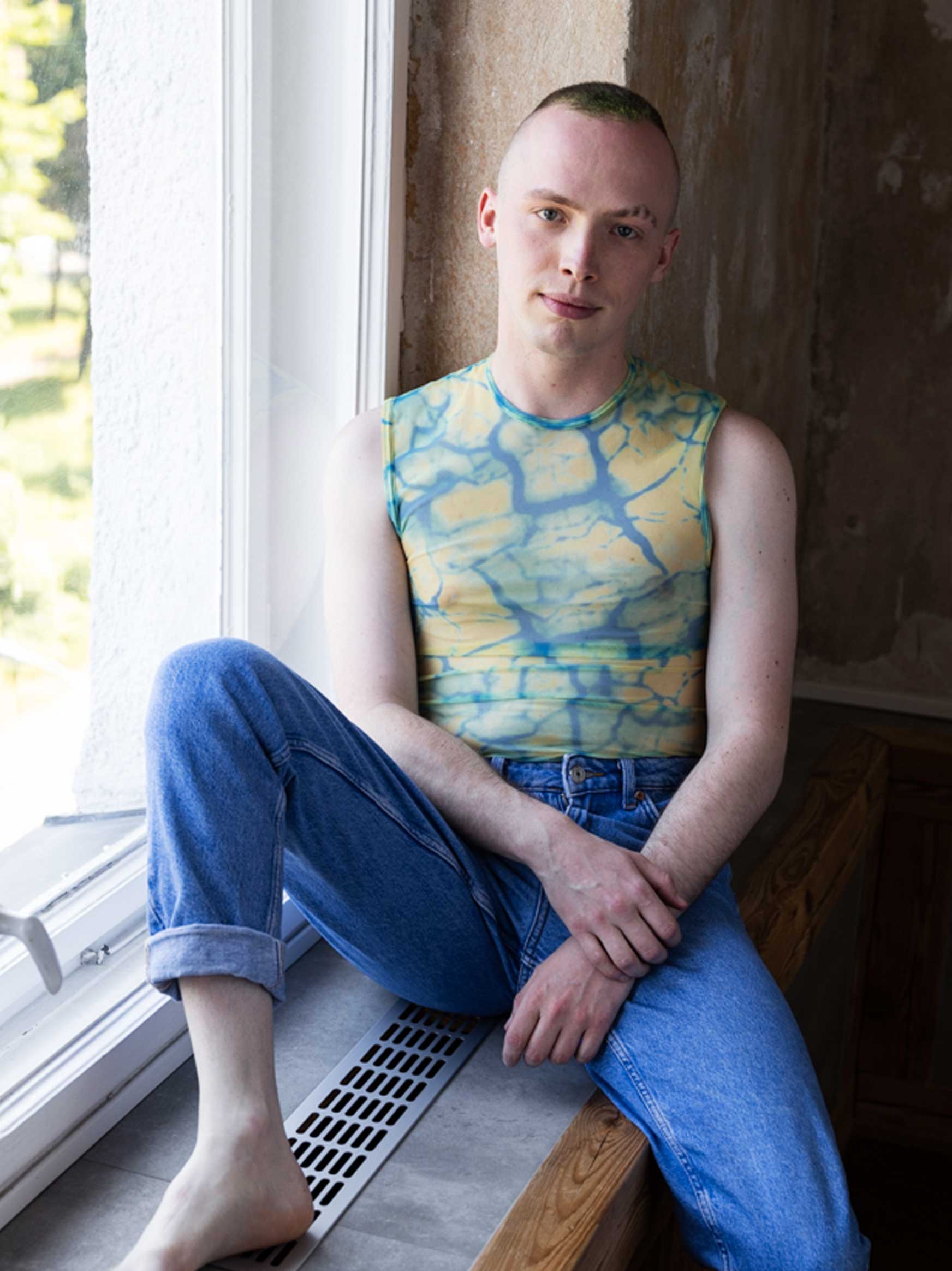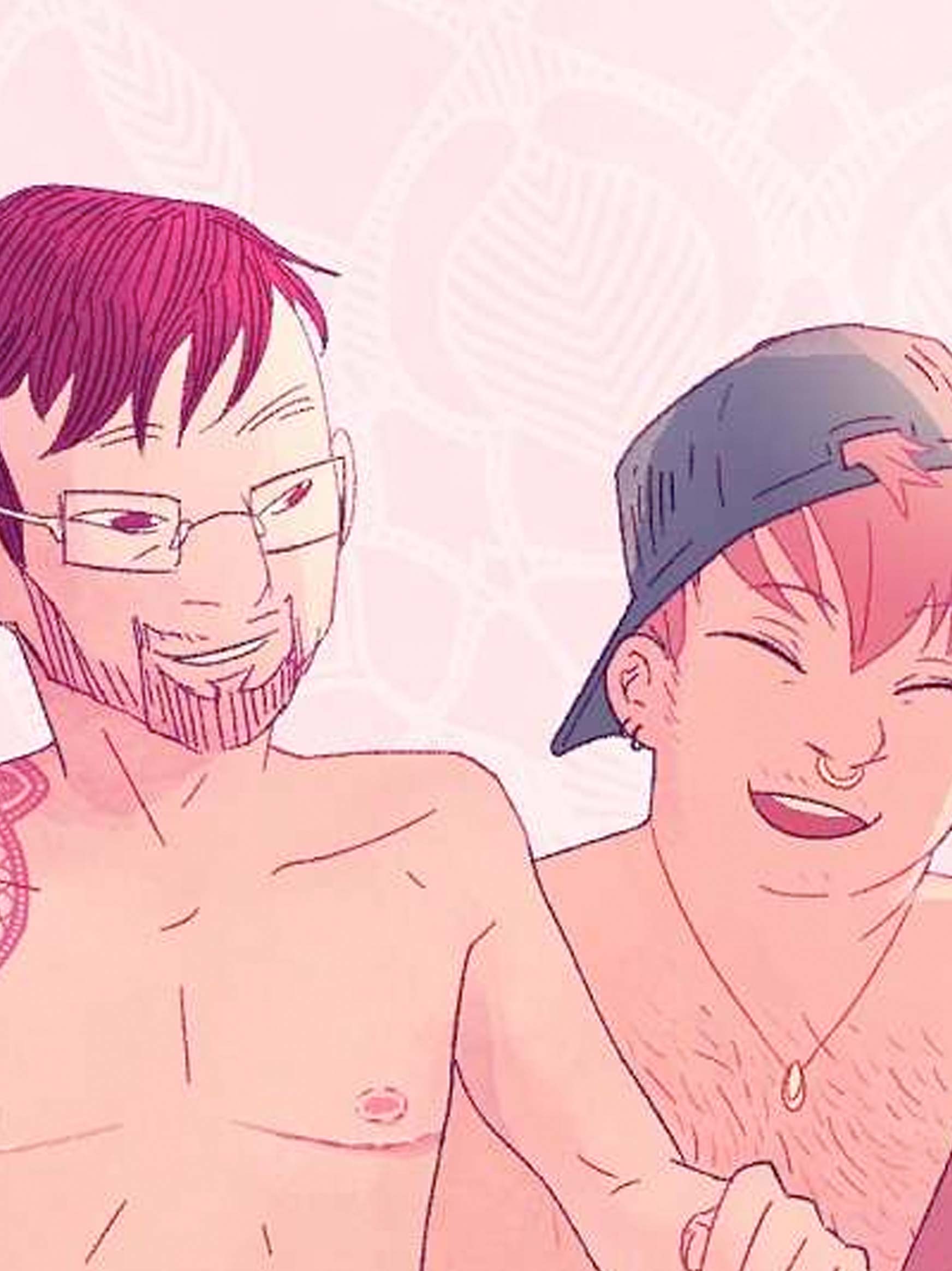Portraits, flowers, nudes - with these motifs, Robert Mapplethorpe became one of the most influential photographers of the 20th century. His art, his life and his death are the subject of the documentary "Mapplethorpe: Look at the Pictures", which is now showing in cinemas.
"Scandalous", "provocative", "pornographic" - Robert Mapplethorpe's photographic work is repeatedly described with adjectives like these. But what is the provocation, what makes these pictures so scandalous? Is the depiction of nudity and sexuality automatically pornographic?
Hardly any other photographer of the 20th century has had such a lasting influence on the art of photography as Robert Mapplethorpe, who died in 1989 at the age of 42 as a result of AIDS.
Whether the colourful still lifes of exotic lilies and orchids, his portraits - including many celebrities such as Isabella Rossellini, Brooke Shields and Yoko Ono - or his mostly black and white nudes: Mapplethorpe's strict compositions and stylised arrangements lend them an almost classicist sophistication.
What is irritating or shocking, strictly speaking, is not that Mapplethorpe uses genitals, gay sexuality and sadomasochistic scenes as motifs, but that he aestheticises and stylises them in the same way as faces and flowers.
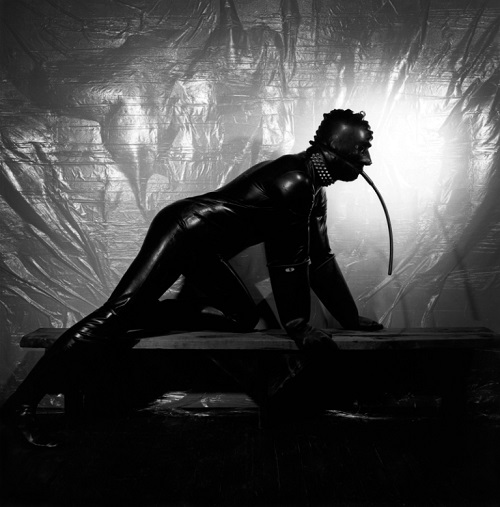
As a result, even 25 years after his death, his works still seem modern because they are timeless. Unlike during his lifetime, his paintings, including the sexually explicit ones, are now easily shown in museums without the management having to reckon with lawsuits and cuts in public funding.
The politically heated debates and sensational court cases surrounding museum shows in Cincinnati and Washington form the framework of the documentary "Mapplethorpe: Look at the Pictures", which will be released in cinemas on 3 November, one day before the photographer's 70th birthday.
In this film biography, documentary filmmakers Fenton Bailey and Randy Barbato paint an in-depth, multi-layered and intimate portrait of Mapplethorpe. They not only depict his artistic career with surprising details, but also succeed in making his significance for artistic photography and for the representation of homosexuality in art comprehensible through interviews with companions, former models, family members and curators.
Gay porn and pin-up magazines fascinated the art student Mapplethorpe so much at the time that he initially used these images as source material for collages, but then switched to photography himself.
Art and life soon formed a close symbiosis. Mapplethorpe discovered New York's gay subculture for himself; in the leather clubs and other cruising locations he not only found his sex partners, but also models and lovers.
"To belong in Robert's world, you had to be rich, famous or have sex with him," recalls Marcus Leatherdale, who initially modelled for Mapplethorpe and became his partner and office manager.
Mapplethorpe also photographed the rich and famous - all the better if they paid for it. A portrait cost 10,000 dollars. He had adopted the business model from his role model Andy Warhol. His goal: to become at least as rich and famous as the pop art star.
Mapplethorpe not only succeeded in realising his artistic visions consistently and uncompromisingly, but also in planning his career with foresight and strategy. He also conscientiously organised his own post-fame.
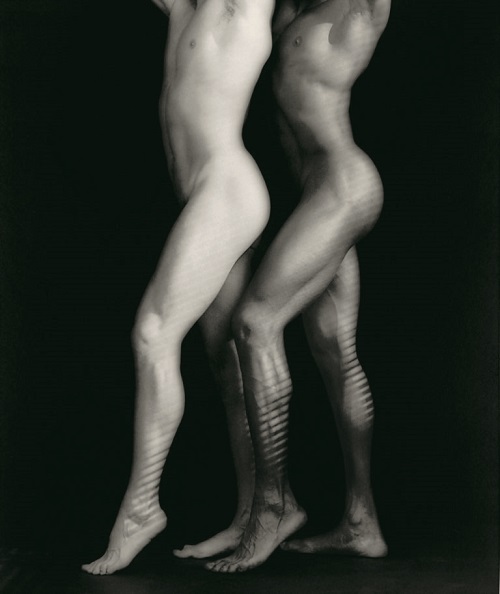
Mapplethorpe was diagnosed with Aids in 1986 as a result of pneumonia. There were hardly any treatment options available. Death was only a matter of time. As soon as the news spread, the demand for Mapplethorpe's works increased and so did their prices.
Mapplethorpe worked through the enormous number of orders and produced almost without a break. He wanted to make the most of the time he had left. "He was driven," says Gloria von Thurn und Taxis, who also had her portrait painted by him.
Only a few works stand out from this last creative period, such as the almost iconographic self-portrait from 1988: the hand in the foreground resolutely grasps a walking stick with a skull knob. Mapplethorpe's body is literally swallowed up by the black background.
"We knew he was going to die, but nobody said it. Any painting could have been his last," confesses a gallery owner in the film. It didn't hurt the business. Mapplethorpe spoke of "funny money" in view of the growing sales.
The money was not important to him personally, rather it was to form the basis for his Mapplethorpe Foundation, which he intended to use to support AIDS research and photographic art.
A retrospective for the 41-year-old artist at the Whitney Museum in New York became a kind of accolade for Mapplethorpe, who was now visibly marked by illness. "It was no ordinary opening, it was a memorial service for a living corpse," recalls a guest at the opening.
With the headline "The Long Good Bye", the magazine "Vanity Fair" announces an article about the exhibition on its cover. Mapplethorpe organised his very personal farewell in style with a cocktail party with champagne and caviar. On this occasion, he made a special request to his closest circle of friends and family: "Keep me alive".
He asked his guests to give his biographer Patricia Morrisroe unsparing information about everything in order to enable her to paint an authentic and complete picture of the man and artist Robert Mapplethorpe. She has succeeded in doing this with her biography, and so have the film-makers Bailey and Barbato.
German website for the film including trailer: https://www.heftfilme.de/dvd/mapplethorpe-look-at-the-pictures/
"Mapplethorpe - Look at the Pictures". USA 2016, directed by Fenton Bailey & Randy Barbato. With Robert Mapplethorpe, Edward Mapplethorpe, Debbie Harry, Fran Lebowitz, Brice Marden and others. cinema release 3 November
